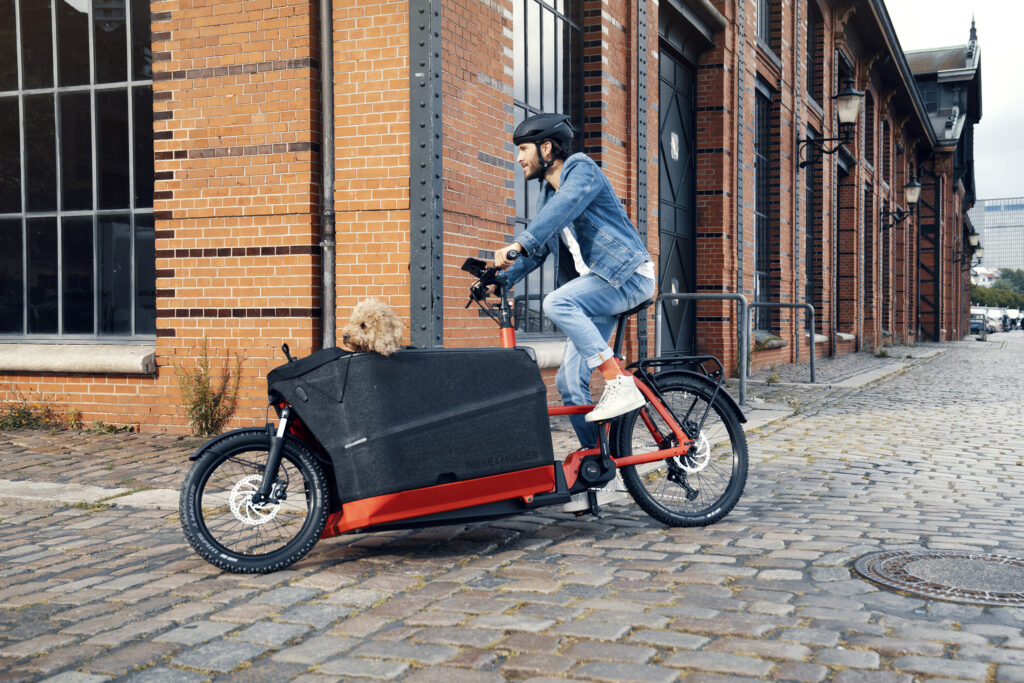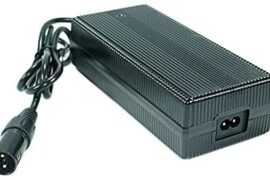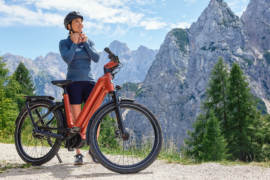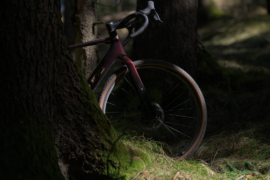Try our Products at our Electric Bike Shops in Bristol, Cambridge, Oxford or York
Replacing a car with alternative transportation options can have multiple benefits such as reducing carbon emissions, saving money on fuel and maintenance costs, and promoting a healthier lifestyle. Some of the best alternatives to replace a car include:
- Public Transportation: Using public transportation such as buses, trains, or subways can be a convenient and cost-effective way to travel.
- Biking: Riding a bike for shorter trips can provide exercise and reduce the carbon footprint.
- Walking: For shorter distances, walking can be a great way to get exercise and enjoy the outdoors.
- Car Sharing: Car sharing programs such as Zipcar or Car2Go allow you to use a car when you need it without the costs associated with car ownership.
- Electric Bikes: Electric bikes can provide a convenient and eco-friendly mode of transportation for shorter trips.
Ultimately, the best way to replace a car will depend on factors such as personal needs, budget, and the availability of transportation options in your area.
Before buying an e-Bike or e-Cargo bike or trike, it’s important to consider the following factors:
- Purpose of Use: Determine the main purpose of the e-bike, whether it’s for the school run, cargo, commuting, leisure, or mixed / off-road riding. Your intended use should help you to target a brand that has a proven track record in making the right kind of eBike or eCargo. These are technical products and design experience is more likely to ensure a good experience for you and a design lead will ensure that you benefit from a product that is most fit for purpose and a joy to use.
- Budget: Set a budget for the e-bike, as prices can vary greatly depending on the brand and model. Hub motor systems tend to cost less but are more rudimentary in how they respond to the rider. Mid (or crank) drive systems are more expensive but can offer (not all) better performance (efficiency / useful power / range) and a more intuitive ride where the power adapts to your riding style and therefore you feel totally under control.
- eGroupset: Consider the type of eBike electric system you want, including the motor, battery, and controls. There are now many apps such as the Bosch eBike Flow app that connect your smartphone with your electric bike and offer enhanced features or over the air updates. Some systems require you to use an app but most have a display with some handlebar controls. If you live in a very hilly area it’s probably best to go for a mid drive electric bike system from Bosch, Yamaha or Porsch. Your battery size indicates the range achievable on a single charge but also has implications for the performance that can be achieved in a durable way and even the practical longevity of the battery.
- Frame: Choose a frame that suits your body size and riding style. No other transport option is as personal as a bicycle. These are utility or leisure products that bridge the gap between hardware and fashion. You choose the type, the brand, the model, frame style (Crossbar, Low Crossbar, Step Through, Special), colour, size,
- Suspension: Decide whether you need suspension, and if so, choose the right type for your needs. If you have good riding surfaces you may not need suspension and can avoid the expense and maintenance. Depending on how rough it gets or if you need to protect an injury or bad back there are suitable options including some you may not have heard of yet. Wide bike tyres can offer pothole protection and the feeling of stability however they also add weight and resistance and can be more difficult to get off/on so consider how wide you need to go.
- Safety: Before purchasing make sure that the options being considered are certified to your local standards be them EU (EN15194) or other (as of writing the UK accepts EN15194). Further more if you are buying a new or relatively unknown brand pls ensure that the batteries are certified to for example UN38.3, IEC 62133, UL 1642 – it’s advisable not to skip this check. Consider the type of brakes you need – the more control you require, the better the brakes need to be. Bosch eBike have also created an anti-lock braking system if you wish to avoid skidding during emergency stops. Lighting is usually important, just make sure that you have a powerful enough headlight for any unlit parts of your route. eBike lights are usually led and conveniently run off the main battery or can be retrofitted to do so. Make sure that your tail light is visible and not blocked by luggage or anything else. eBike Mirror – having a low profile offside mirror is a great idea for many reasons but always for planning those turns across the flow of traffic. eBike Helmets – currently still a personal choice. If you get one make sure that it meets UK standard BS EN 1078:1997 and has a kite mark or the EU standard EN 1078.
- eBike Security: This is a huge area but very briefly you’ll want a good lock, possibly one that’s recognised as suitable by your insurers. There are some very clever lock designs available now. eBike GPS trackers have proven to be a turning point for ebike theft and I highly recommend that you get one. What’s the best way to secure an electric bike if you are keeping it outside in a shed or outdoors? Ground or wall anchors which can also come with an insurer approved rating, failing that locking to something solid and immovable.
- Bicycle Luggage: What do you need to transport and when? You can really customise your electric bike experience with your choice of luggage. Just take pannier bags for example – You can have laptop bags, extra battery bags, gym bags, shopping bags, replacement handbags, bags with floral patterns, suitcase replacements, animal designs and these can be permanently fitted or quick to attach and remove. There are several brands offering racks with click in and out fittings that come on pannier bags, child seats, topboxes, etc The most widely used click in out system is MIK so it can be a good idea to check if the pannier rack is MIK compatible or if it uses another standard with an array of accessories that you are happy with.
- eBike Warranty: Make sure you understand the warranty that comes with the e-bike and what it covers but also how it is supported. Especially if you are going to replace a car and rely on your eBike for transport you’ll want to make sure that your supplier has all of the main parts on the shelf or that the manufacturer has a solid presence in your country with good dealer training and stock of parts on the shelf. Watch out for obsolescence. We have to change significant components on ebikes brought to us (not bought from us) simply because the suppliers cannot supply compatible parts. Sometimes this is an issue on fairly new ebikes so ask the questions and even ask for evidence of after sales planning. We check that our suppliers have a plan to support the eGroupset of each product for a minimum of 6 years and the organisation in place to track each component series back to the bike serial number. You’d think this goes without saying…..it doesn’t!
- Local Regulations: Check your local regulations regarding electric bike performance and use before riding.









